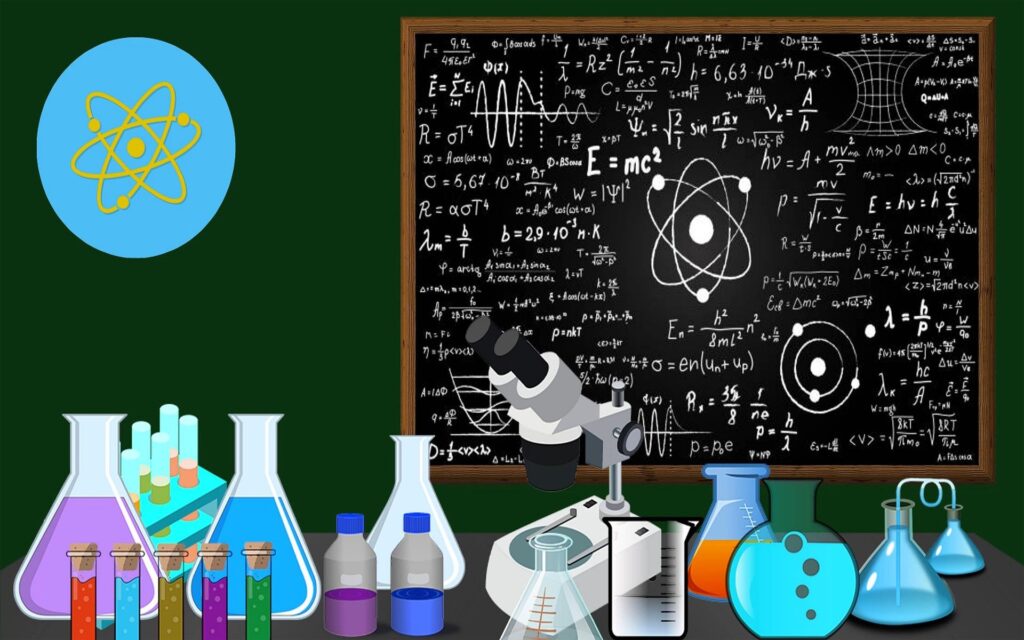Who was Dr. Subrahmanyam Chandra Shekhar?
Dr. Subrahmanyam Chandra Shekhar was born in Lahore now in India on 19th October, 1910. His family background, on the whole was well-to-do and educated. He had hos whole education-from primary to higher education, in Madras (now Chennai).

He passed his M.Sc. in Physics, with honours, from Presidency College, Madras in 1930. Afterwards Chandra went to England for upper education and obtained the doctorate degree from Cambridge University.
As recompense in the essay competition held by Madras University, he got the book ‘Internal Construction of Stars” had written by Endington, and became twitchy to meet him. On going to England, Dr. Chandrasekhar contacted Dr. Endington. This opened the way of his contacts with astrophysicist Fouler and others as well.
Early life and Discoveries
After complete their Doctorate degree, he did research work in Trinity College with Dr. Edington for two years. The topic of his research was ‘Stars also take birth; they grow and become did, and ultimately are almost dead.
His research work gained good reputation in the humankind of research. He made for himself a place in the world of astrophysics. Dr. Chandra Shekhar’s hypothesis was that only that star can become White Dwarf whose density is upto fourteen times than of the sun.
During 1953, he adopted American citizenship, and since then, he lived in America. During one of his visits to USA, Pandit Jawaharlal Nehru wished-for to him to come back to India, but Dr. Chandrasekhar expressed his in ability.
Dr. Chandrasekhar was a scientist who was always active and eager to know things. He was never satisfied with his achievements. He used to say , I am deeply interested in the contexts of the whole universe.
Stars Theory
He also said that star cannot become White Dwarf mass is more than one and a half times that of sun, that would shrink further, and became an invisible star. This star very great mass is called neutron star. To assess the denseness of this star is very difficult. That is called the many thousands millions of this star are contracted into the size of a match box.
All stars are not alike as their age advances with the time the atomic fuel inside them gets exhausted gradually. The sun is also star. It has been burning for over five thousands millions of years, and giving light to the world.
In respect of the stars a situation arises, when their inner parts goes on contracting and the outer part of countries expending. In that situation, the star gets sufficiently expanded and its brightness increases many more times. When the star reaches this stage this is called Nova.
It is fuel will gradually get exhausted and it would change into a red giant and will be called a Super Nova.Under these conditions our sun after expanding, would became so large that all the planets around it –mercury, Venus etc. will be immersed in it. The earth will follow same path.
Legacy of Dr. Chandershekhar
Dr. Chandrasekhar personality is like philosopher stone which is believed to convert a bottom metal into gold by a mere touch. He edited for some time Astrophysics journal. During that period, he gave to the world of science two of his works Via Principles of Stellar Dynamics and Hydro-magnetism, and Hydro magnetic steadiness. They were very important contributions of Dr. Chandrasekhar to the world of science
Accomplishments
Dr Chandra theory was published in 1939 in book from entitled ‘Introduction for the study of Stellar Structure’. Thereafter, he got busy his research work. In 1936, he with his newly married wife Smt. Lalita went to America. There he worked on many publications.
Research Associate, at the Yankee observatory, Chicago University (1936-38), Assistant professor Chicago University (1942-43) and later on as professor from 1944-47 and from 1952 to the last days of his life as special professor of Theoretical Stellar Physics, Chicago University.
The Government of India gave him the decoration of Padma Bhushan and the Indian National Academy awarded him the Ramanujam Gold Medal. At last in 1989, he was honoured with the highest awarded of the world – the Nobel Prize. As a matter of fact, Nobel Prize should have been given to him much earlier.
